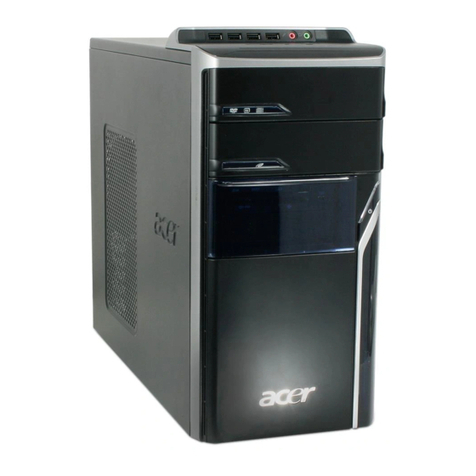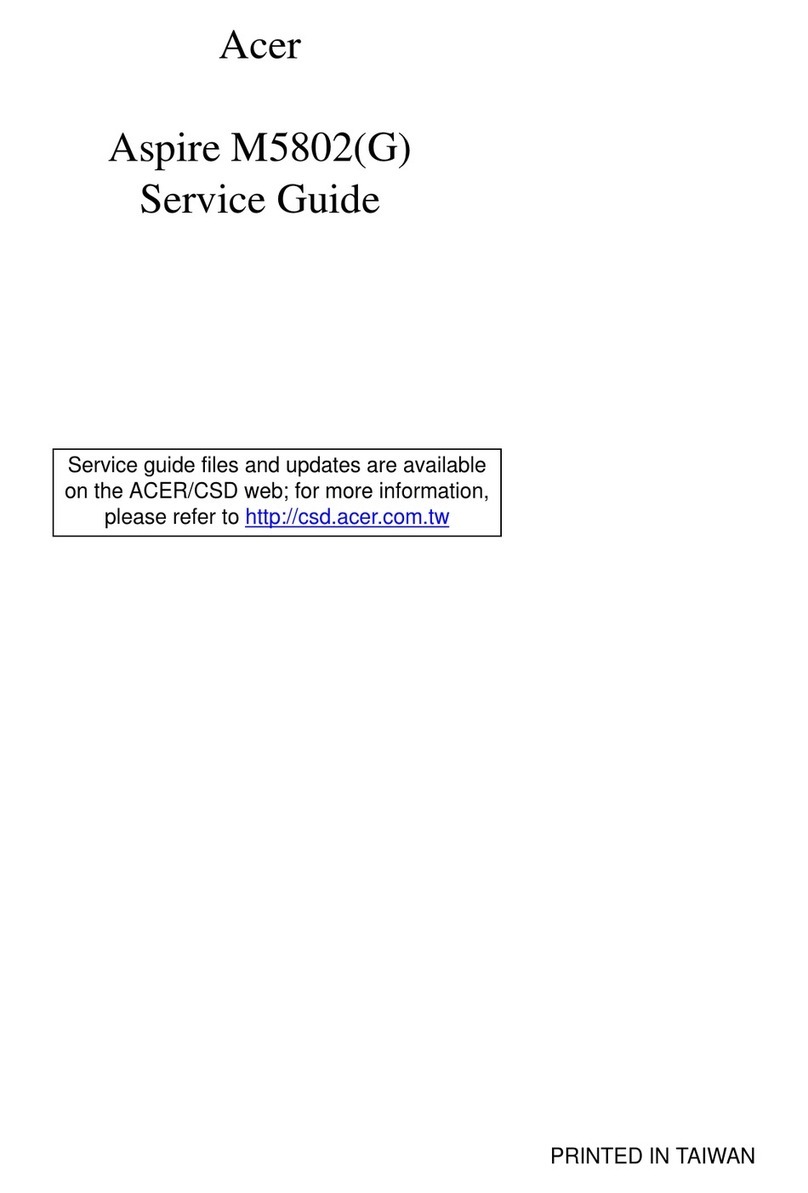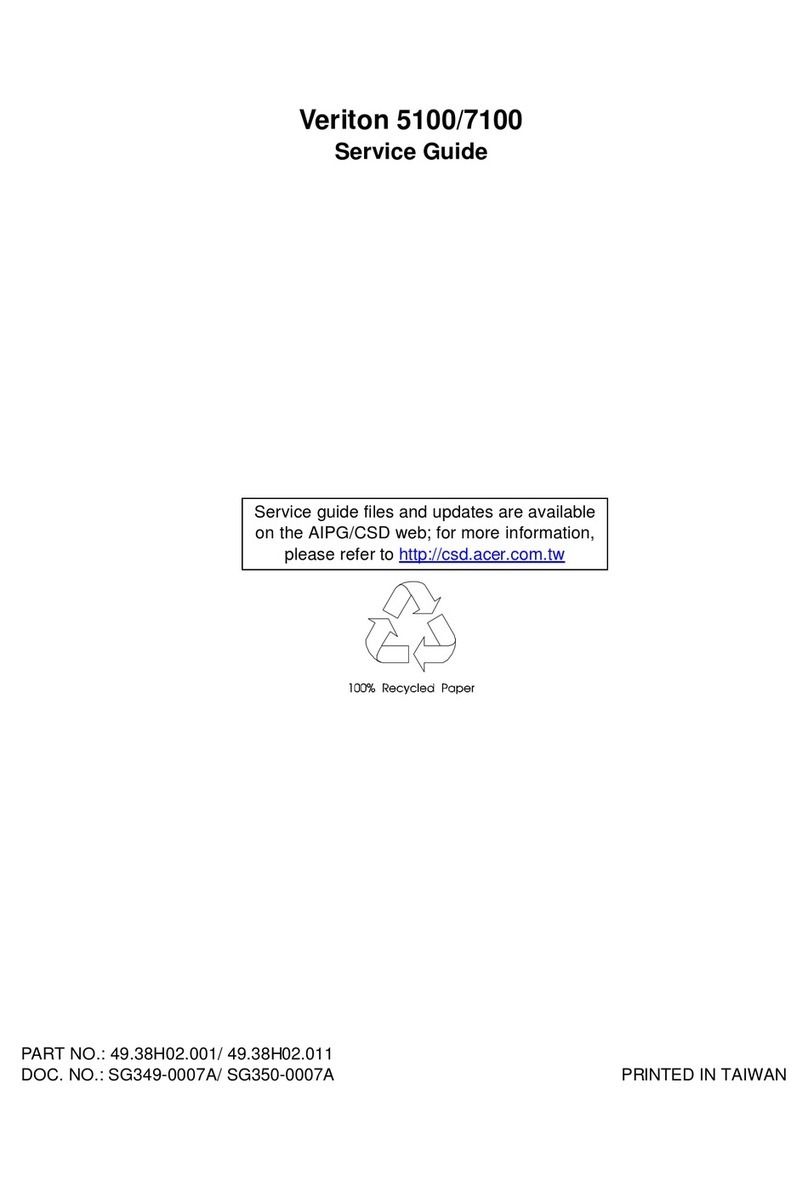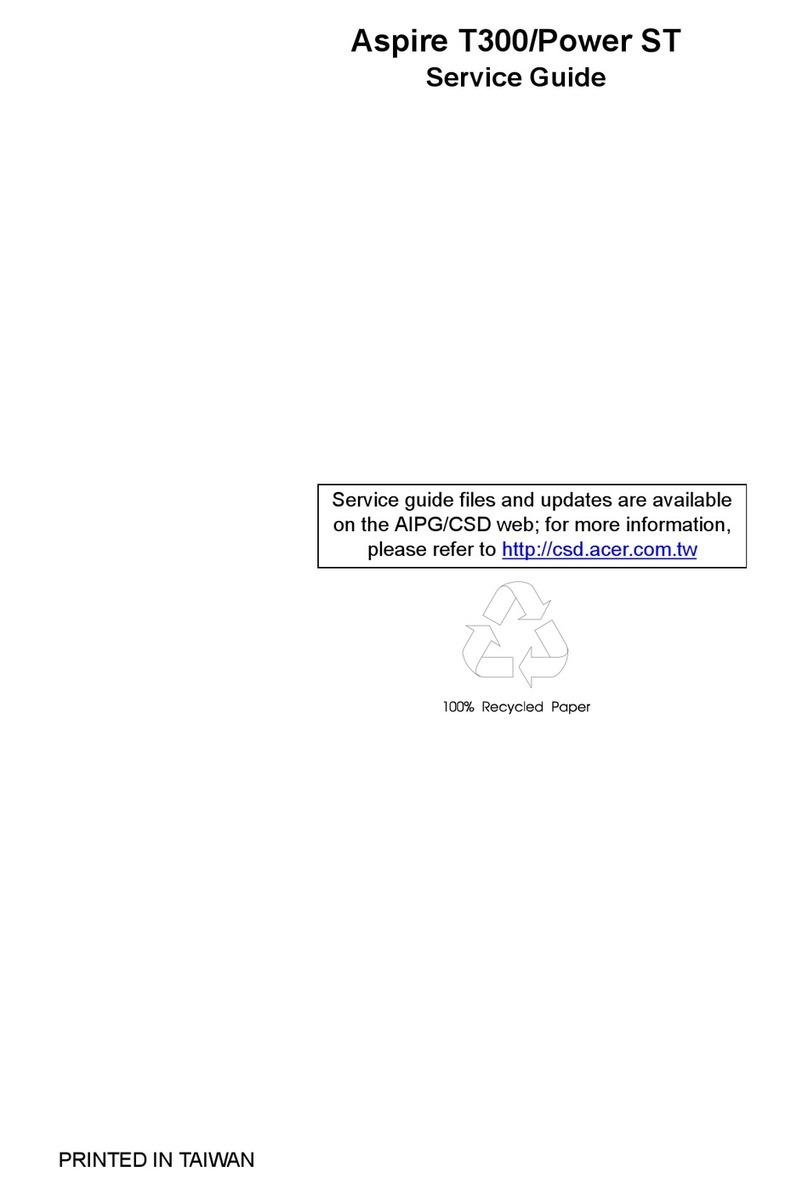Acer Aspire R3610 User manual
Other Acer Desktop manuals
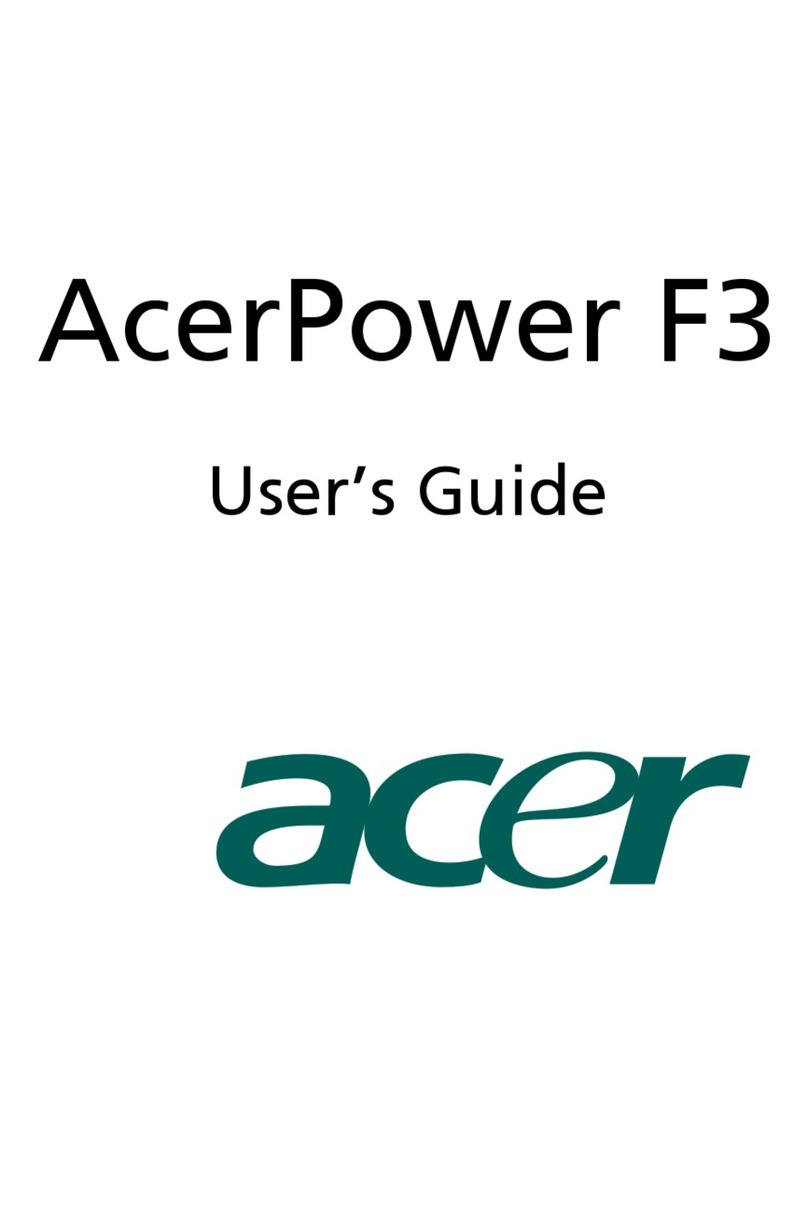
Acer
Acer AcerPower F3 User manual
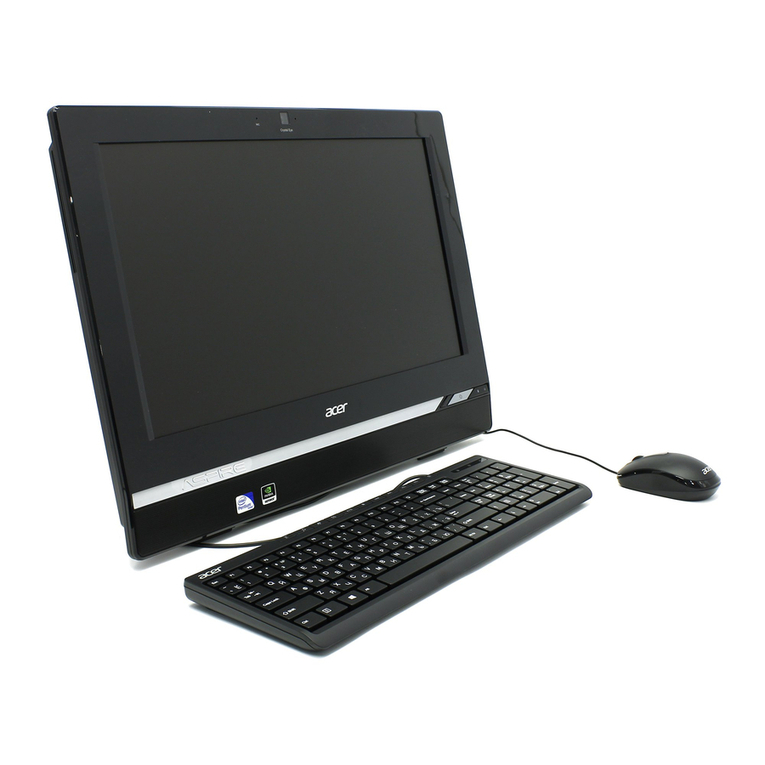
Acer
Acer Aspire Z1620 User manual
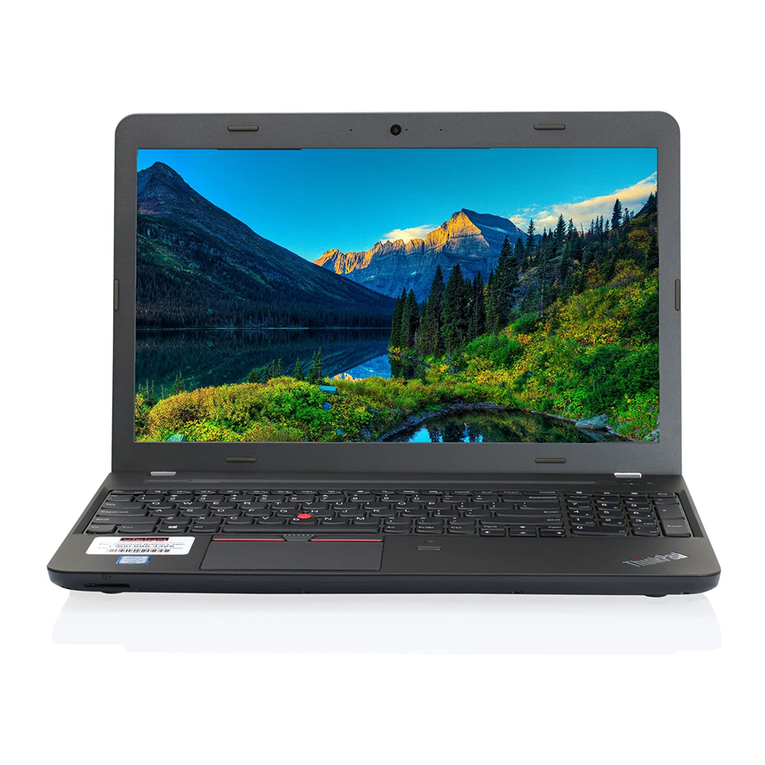
Acer
Acer AcerPower F6 User manual
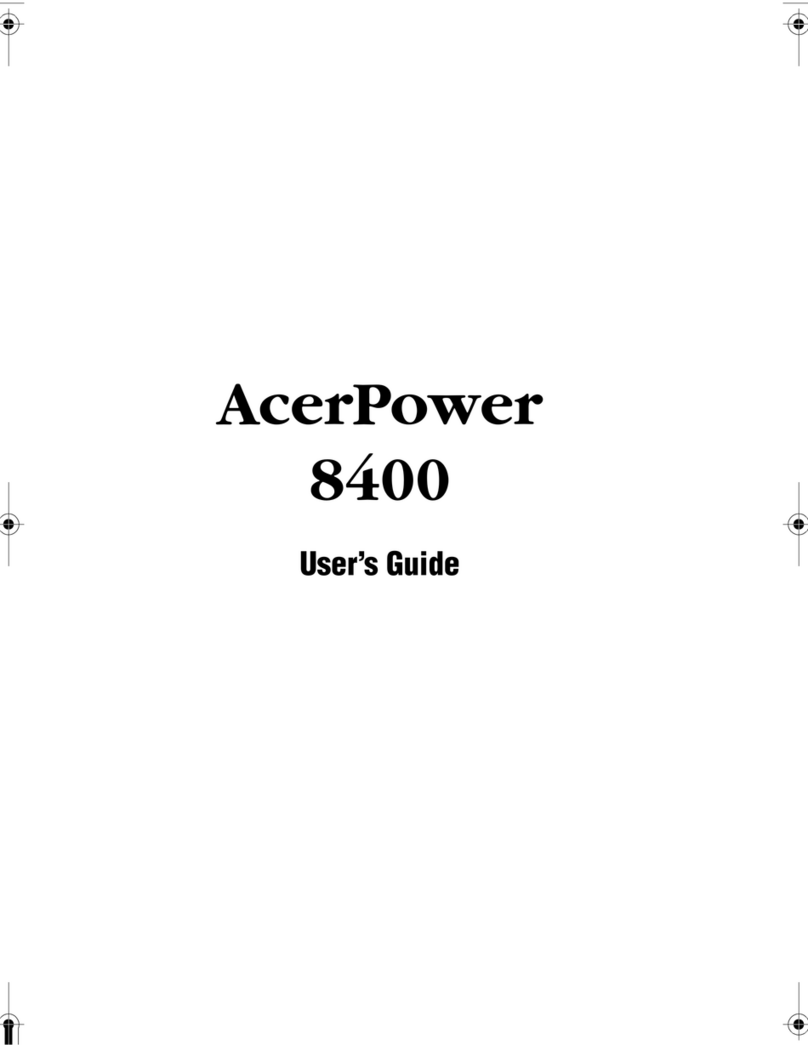
Acer
Acer AcerPower 8400 User manual
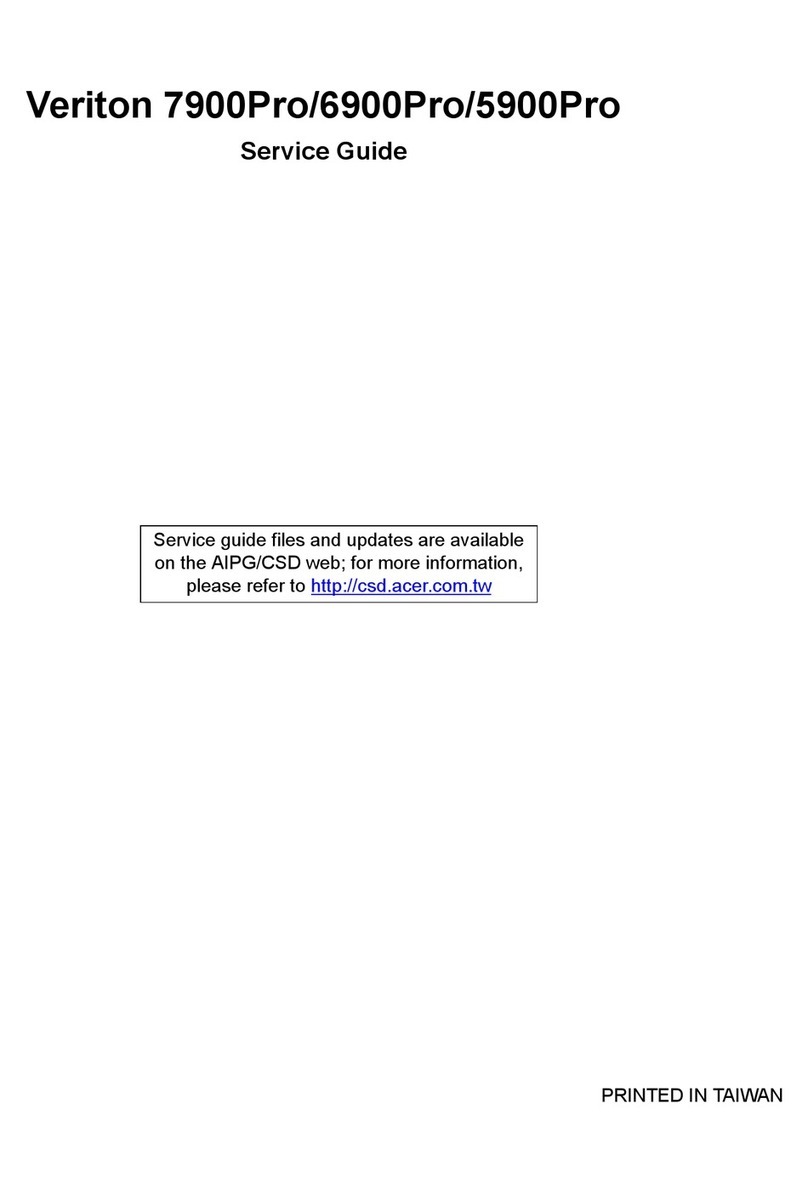
Acer
Acer Veriton 7900Pro User manual
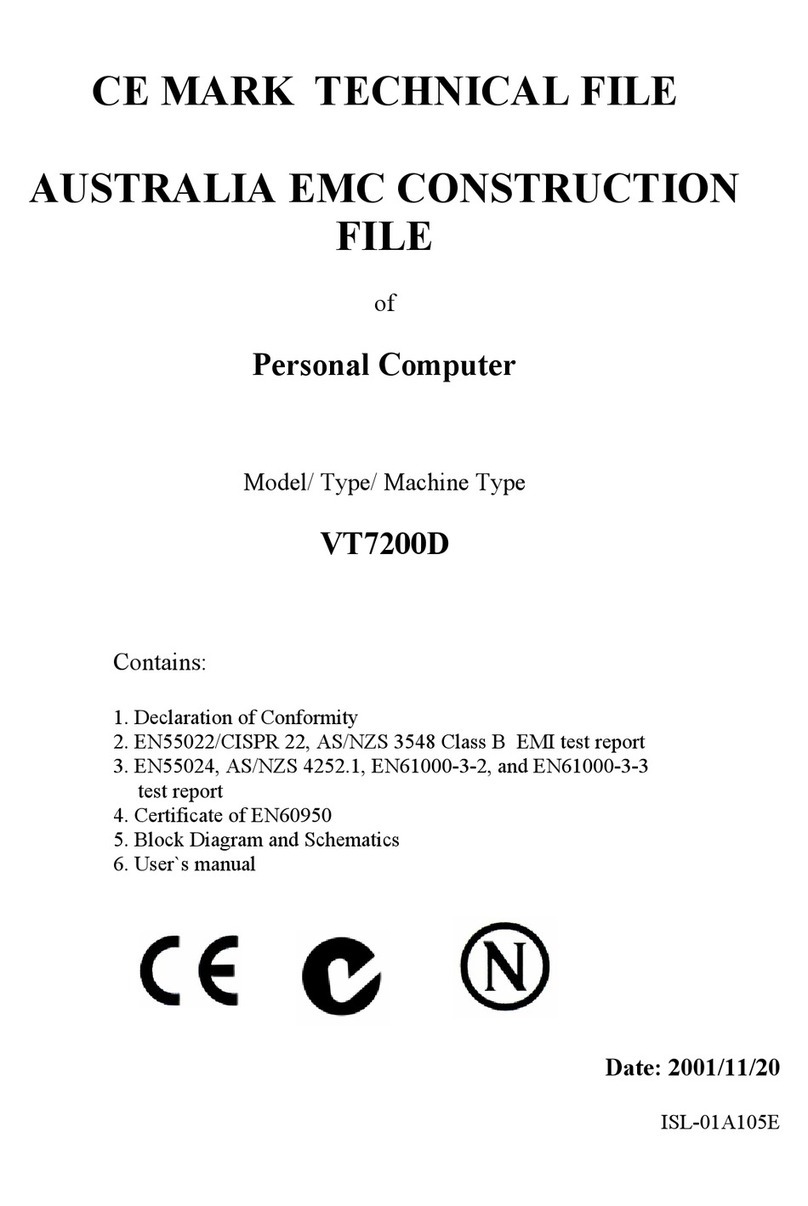
Acer
Acer VT7200D User manual

Acer
Acer Aspire T120 User manual
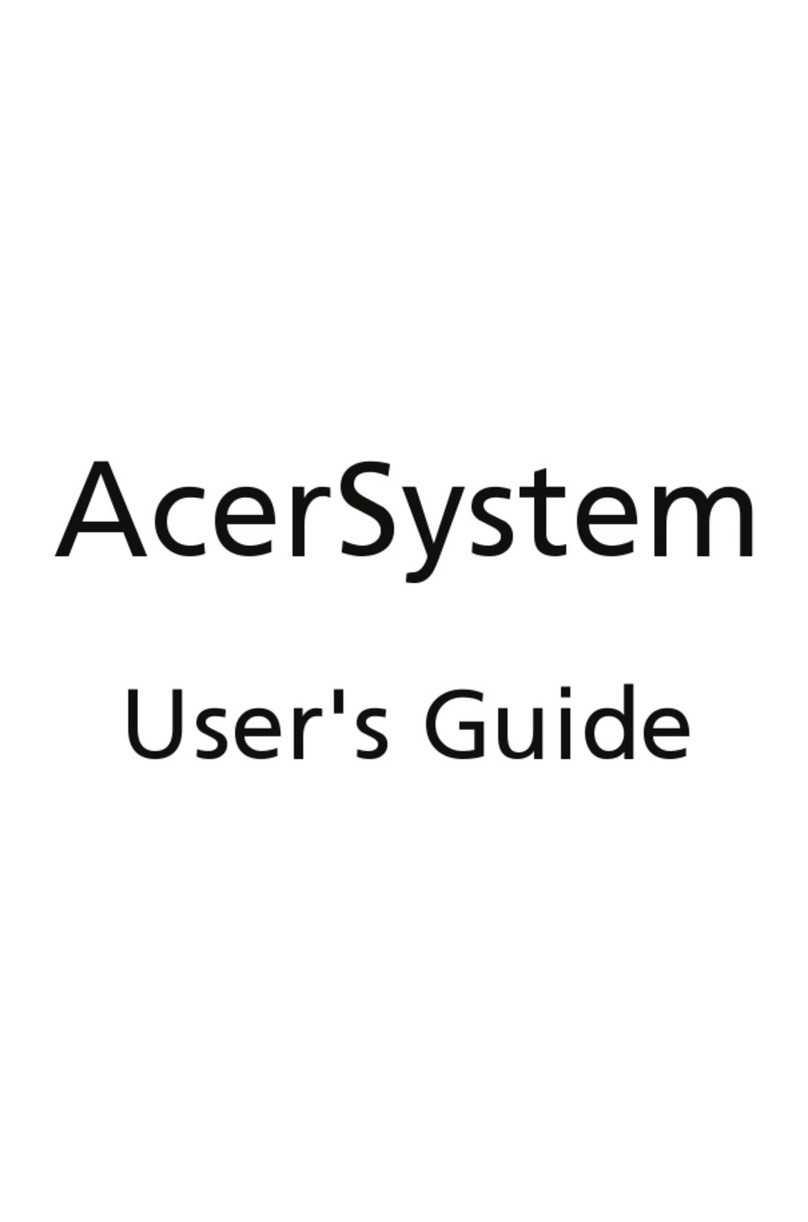
Acer
Acer AcerSystem User manual
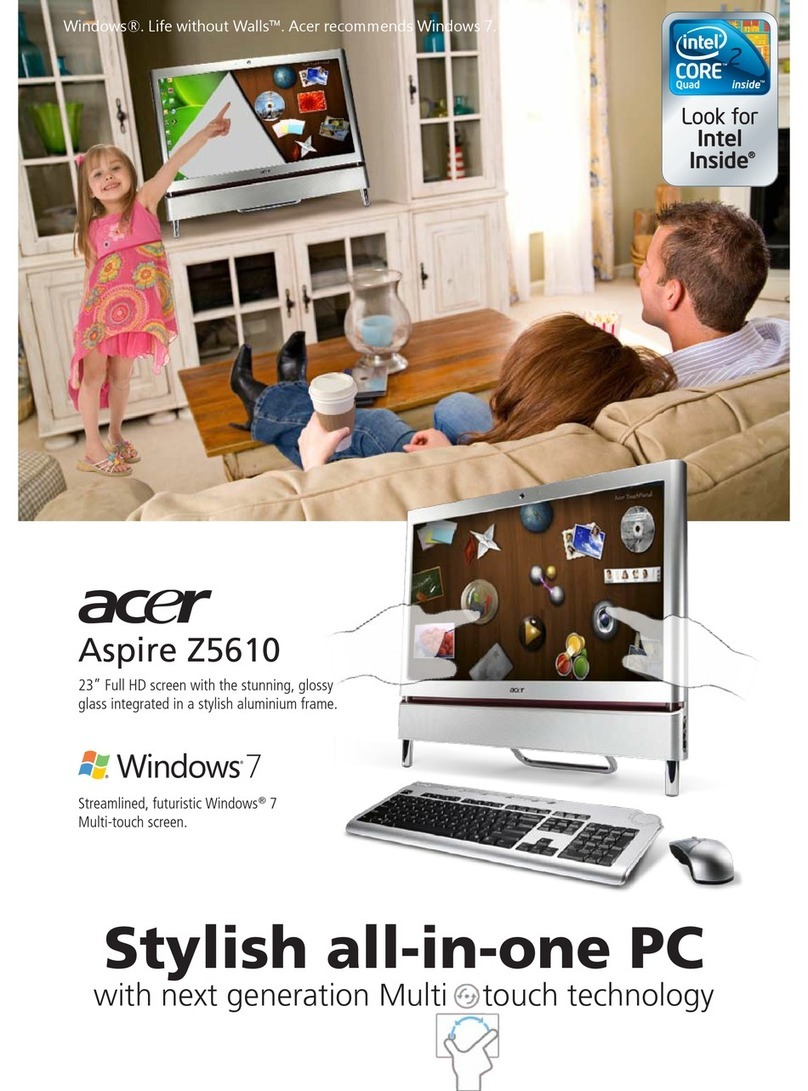
Acer
Acer Aspire Z5610 Series User manual

Acer
Acer Aspire 6200 User manual
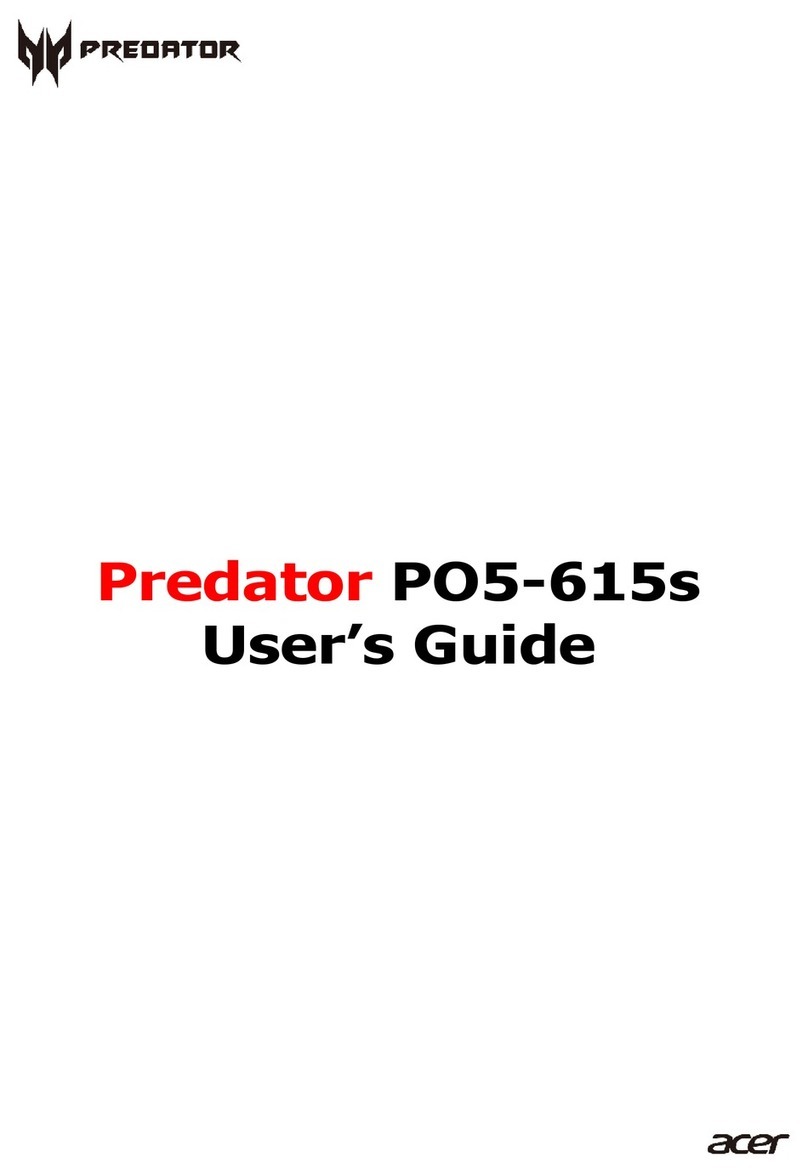
Acer
Acer Predator PO5-615s User manual
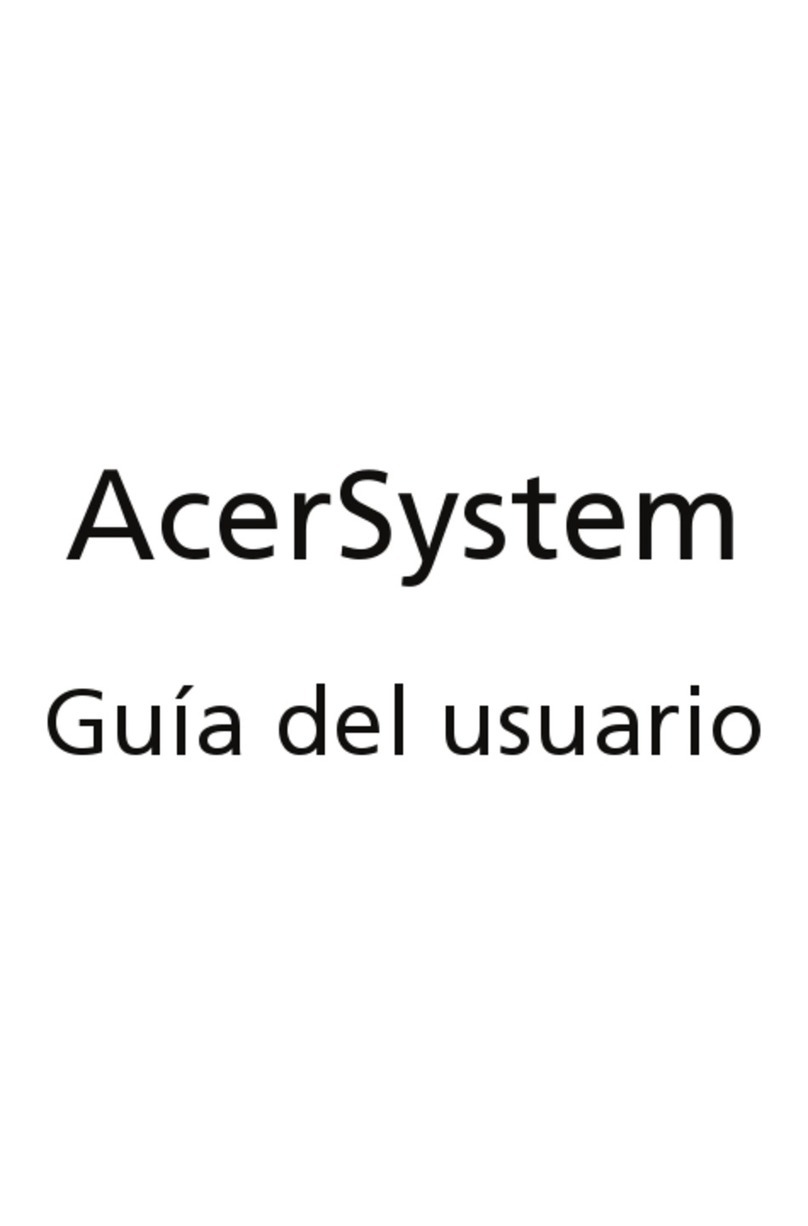
Acer
Acer Aspire L310 Quick start guide
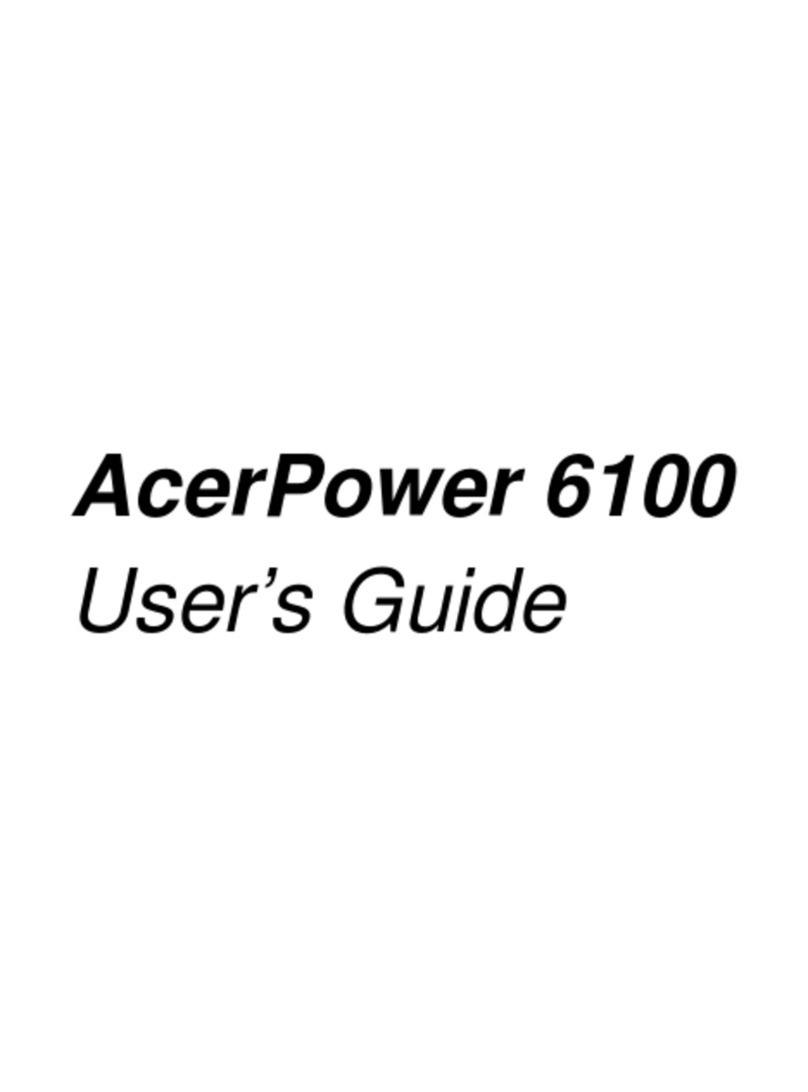
Acer
Acer Aspire 6100 User manual
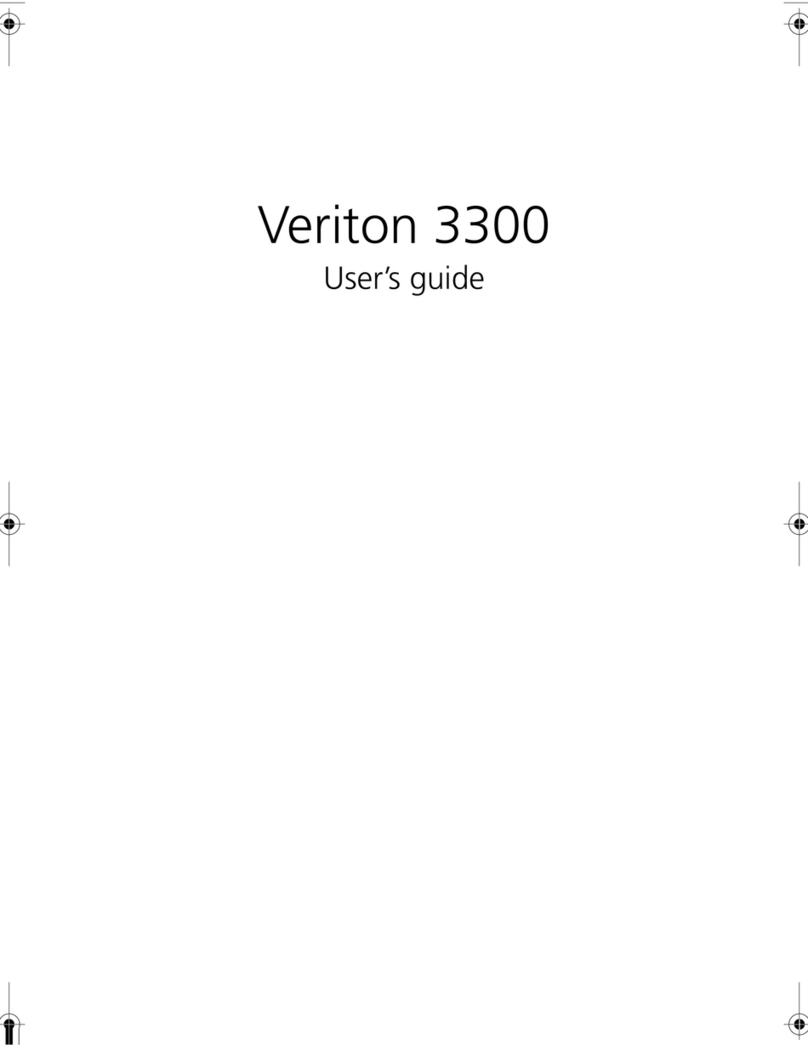
Acer
Acer Veriton 3300 User manual
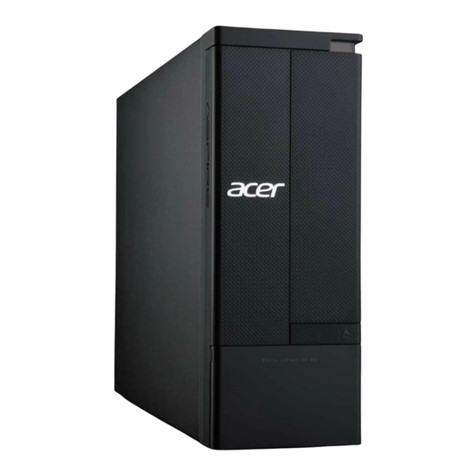
Acer
Acer Aspire X1935 User manual
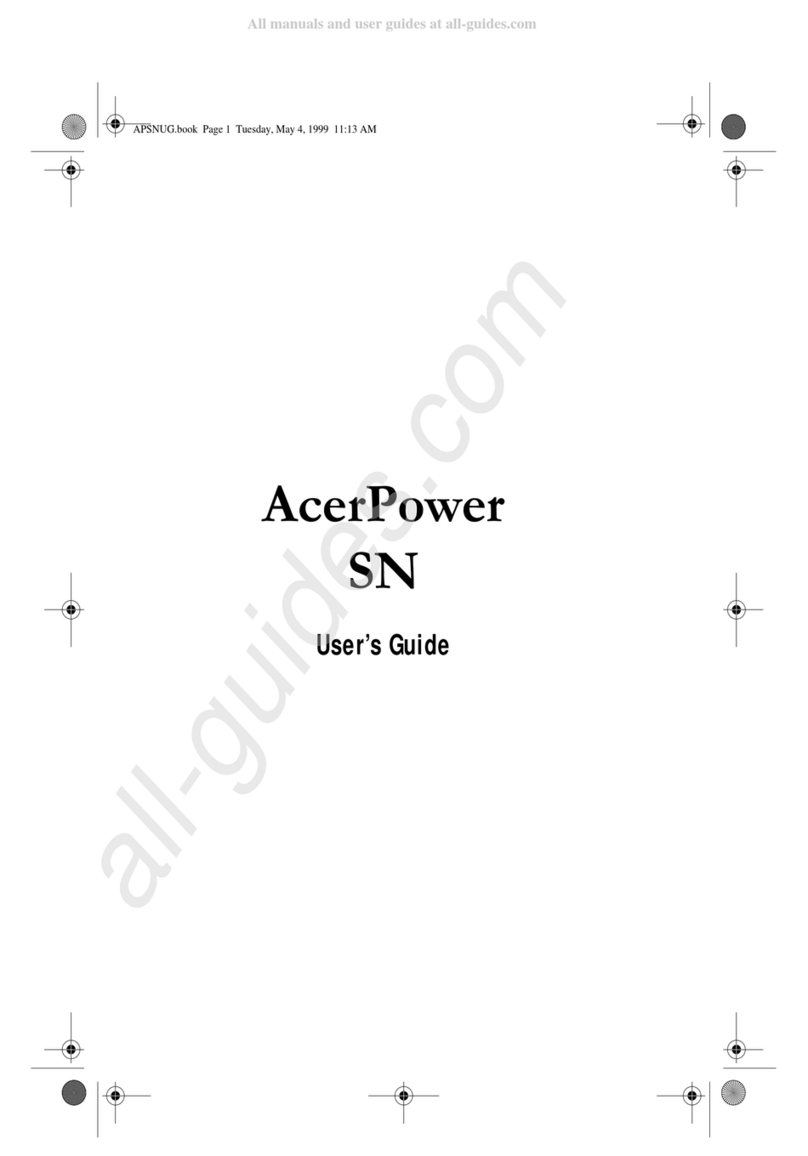
Acer
Acer AcerPower SN User manual

Acer
Acer AcerPower SLE User manual
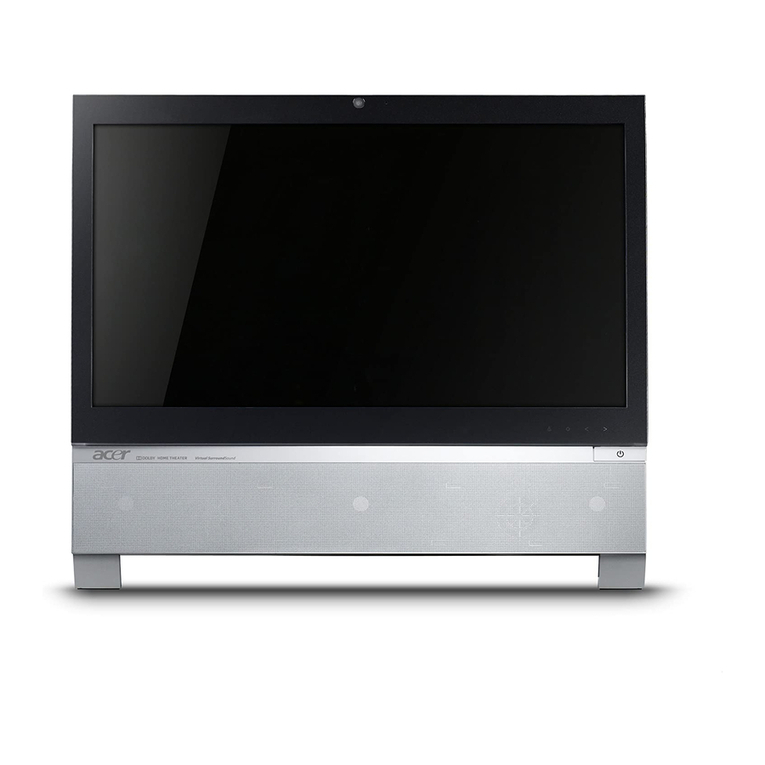
Acer
Acer ASPIRE Z3750 User manual
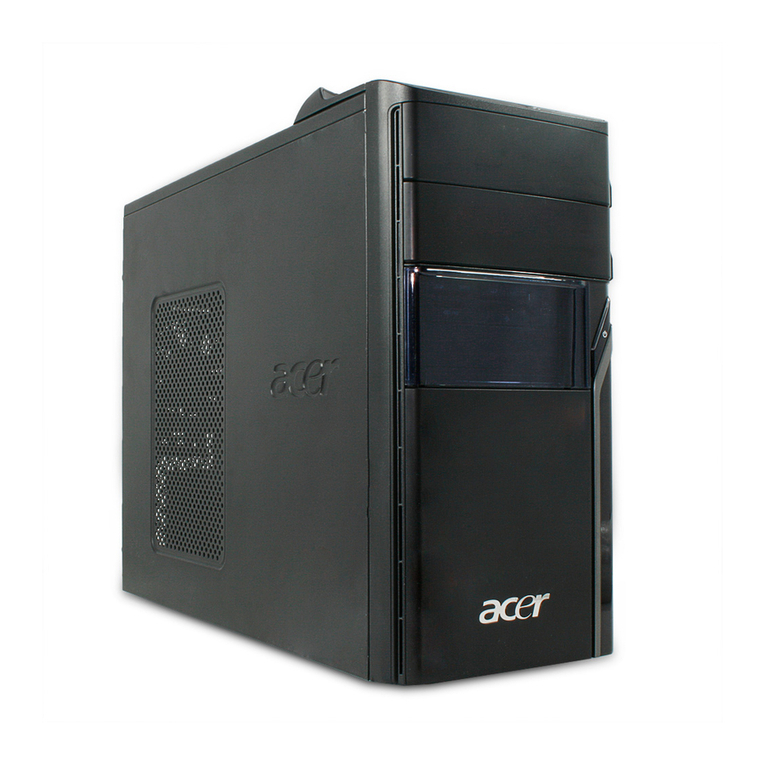
Acer
Acer Aspire M3710 User manual
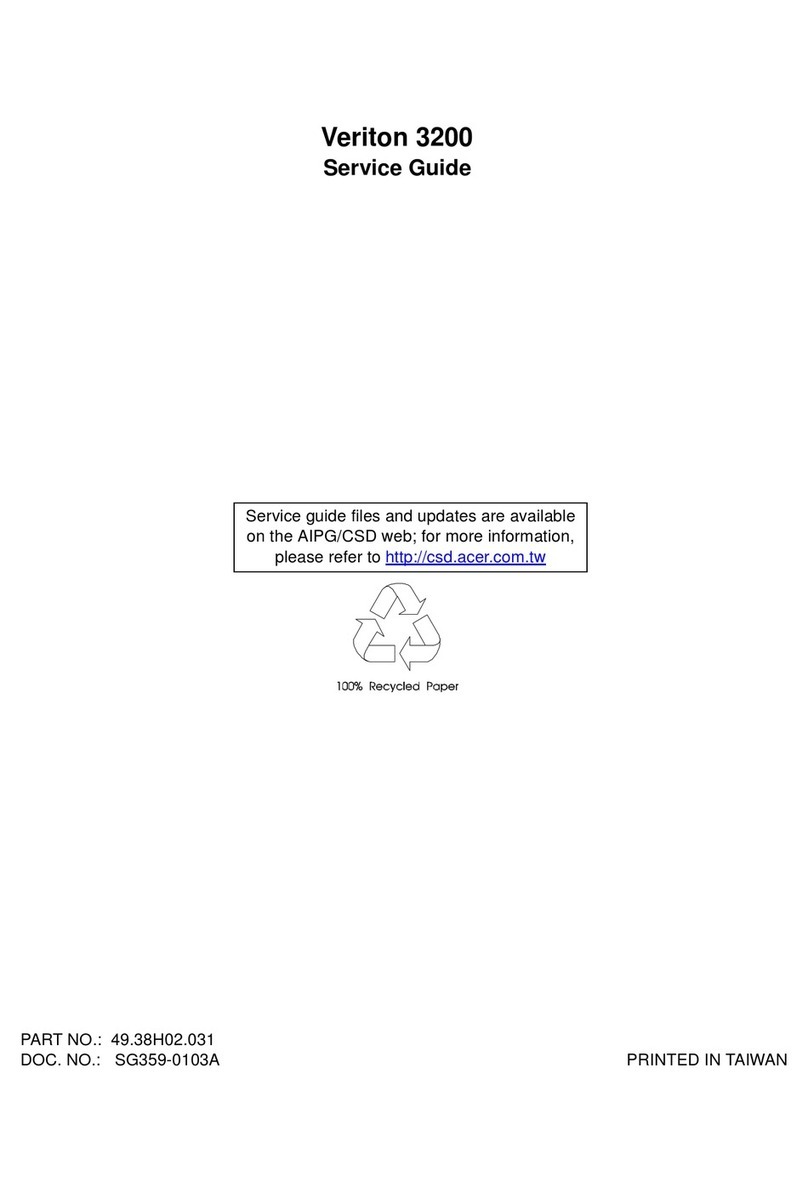
Acer
Acer Veriton 3200 User manual
